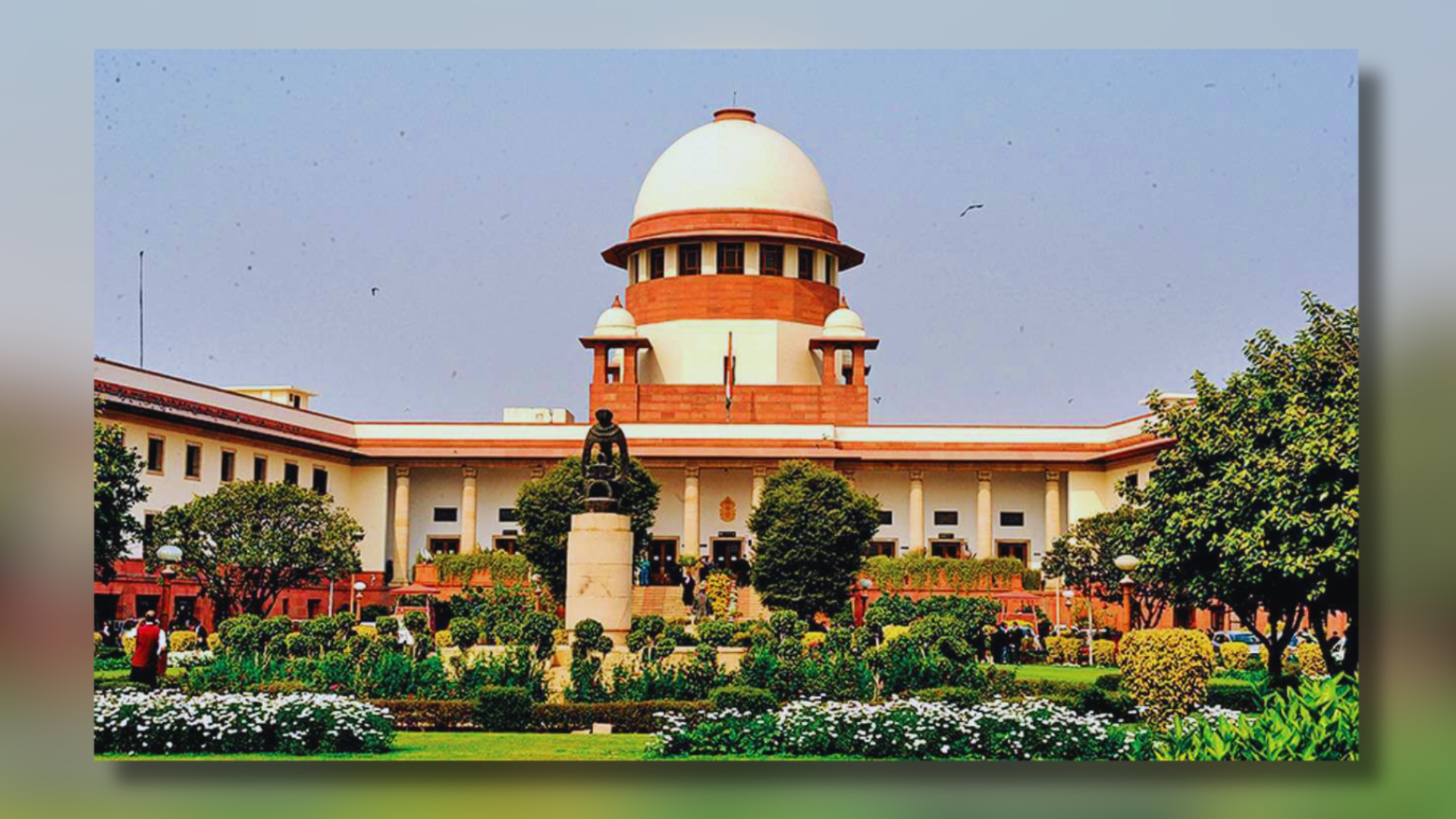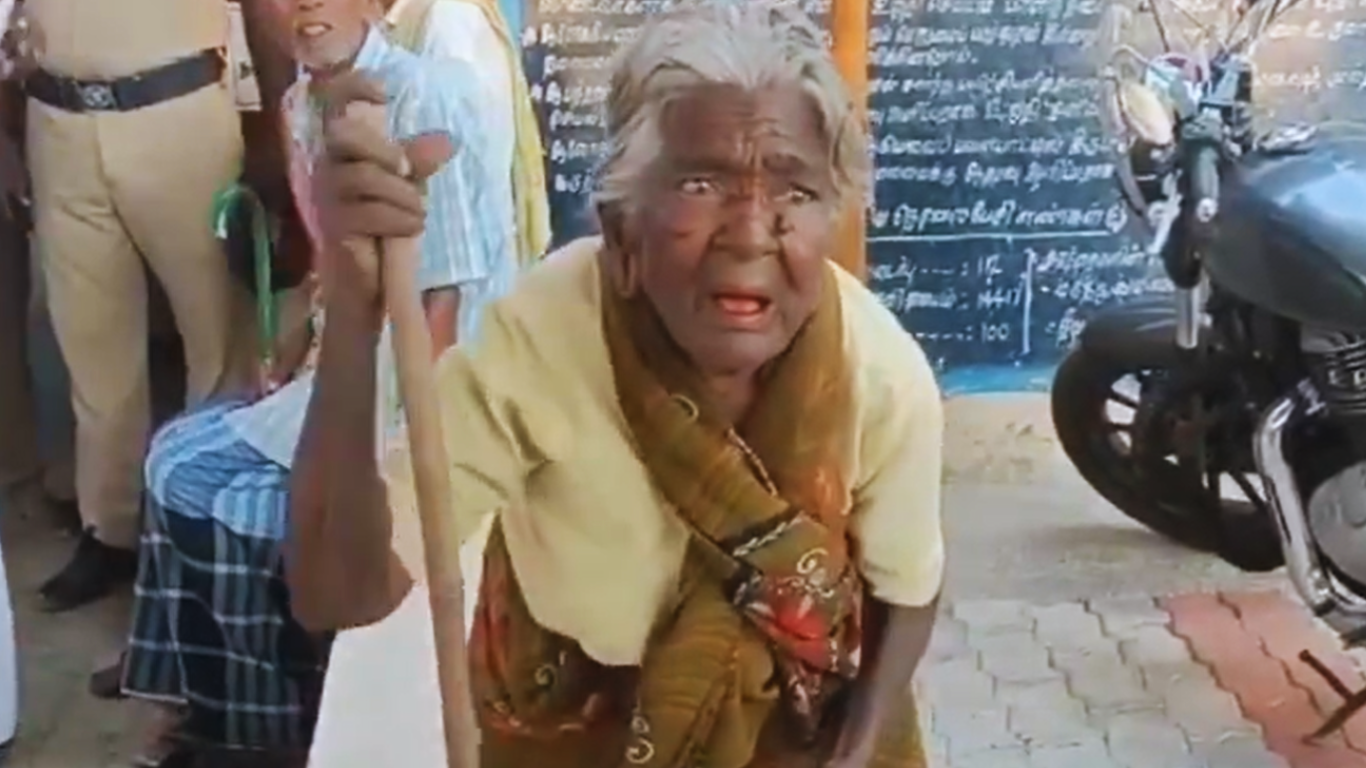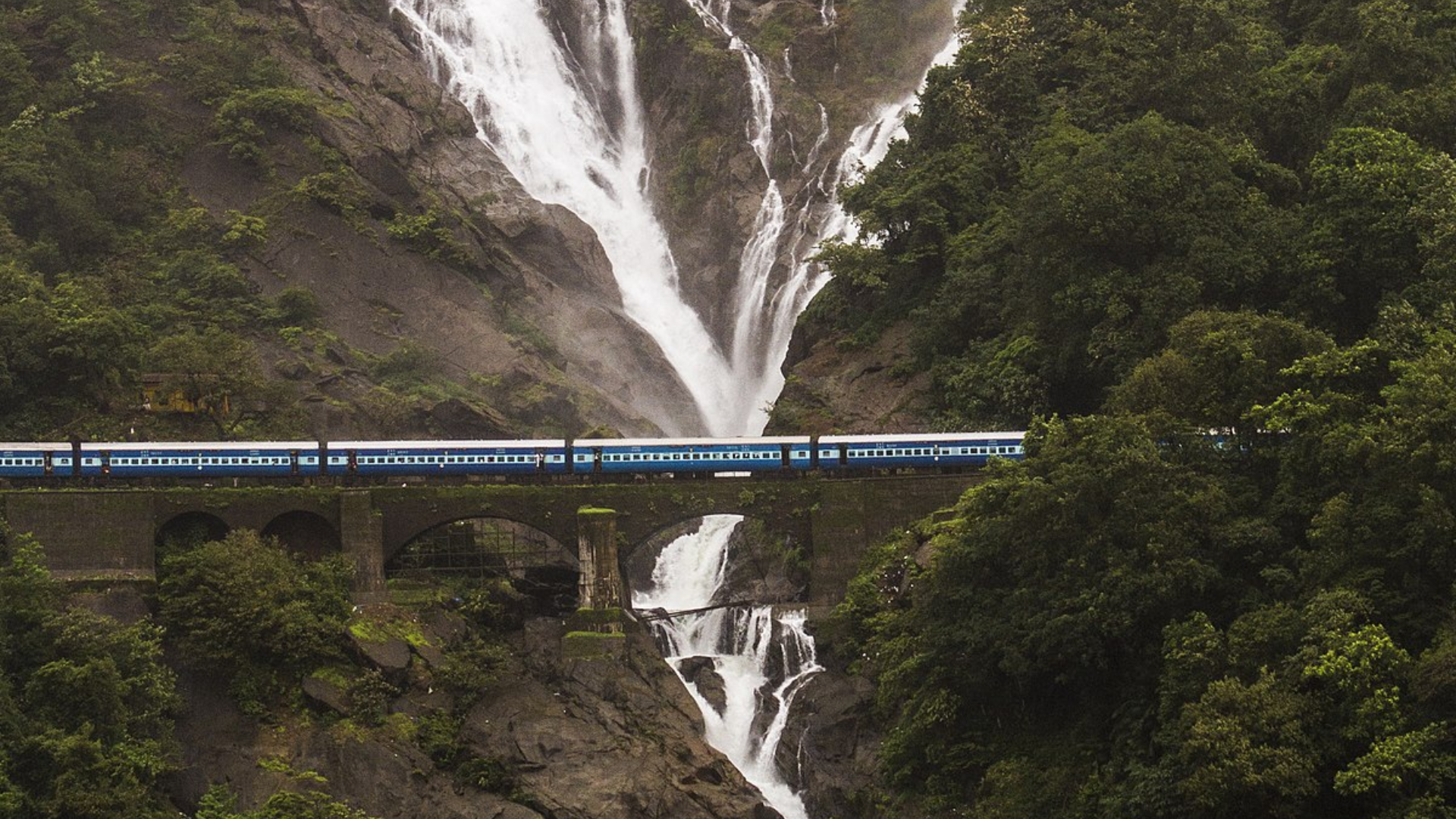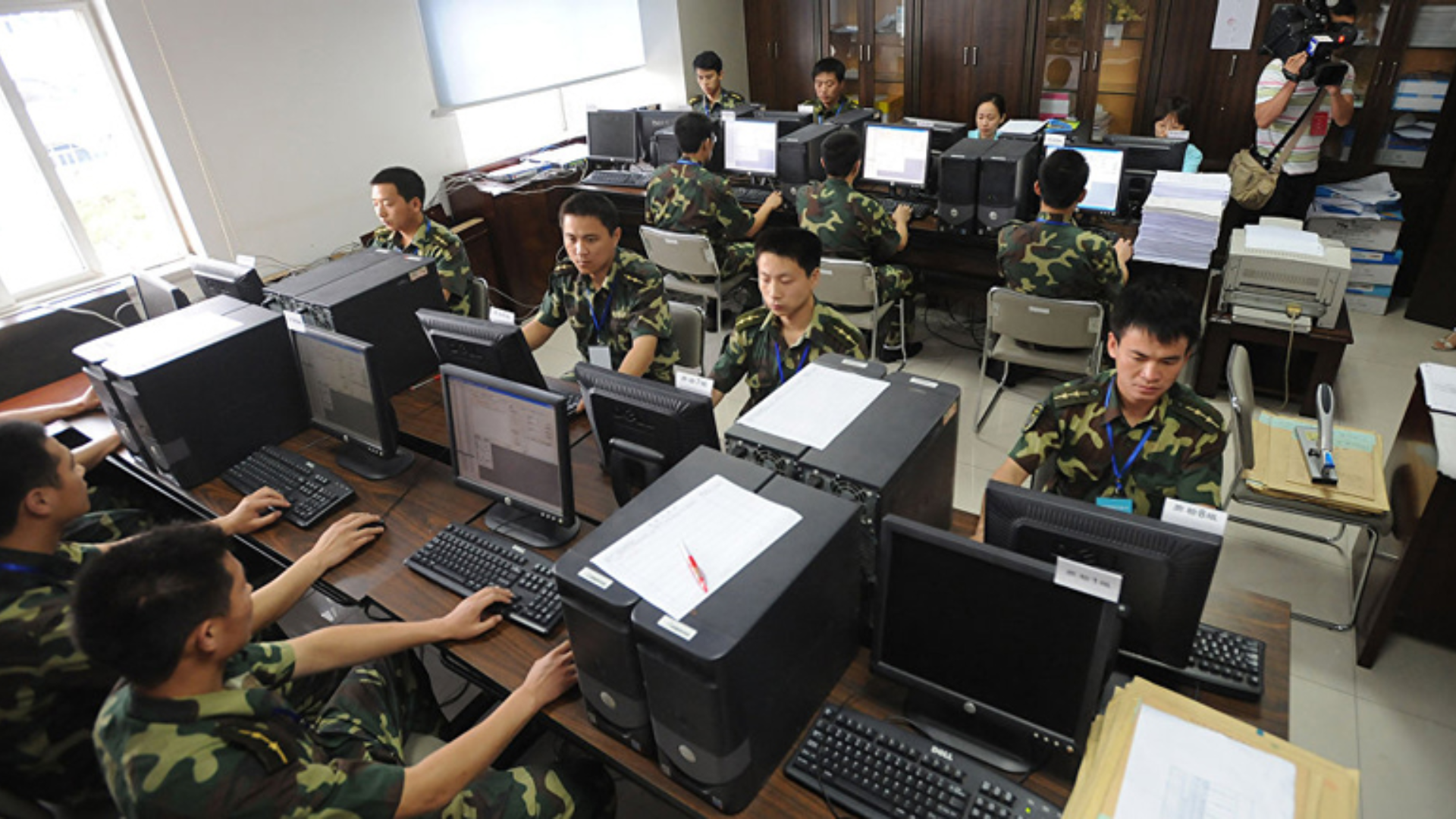


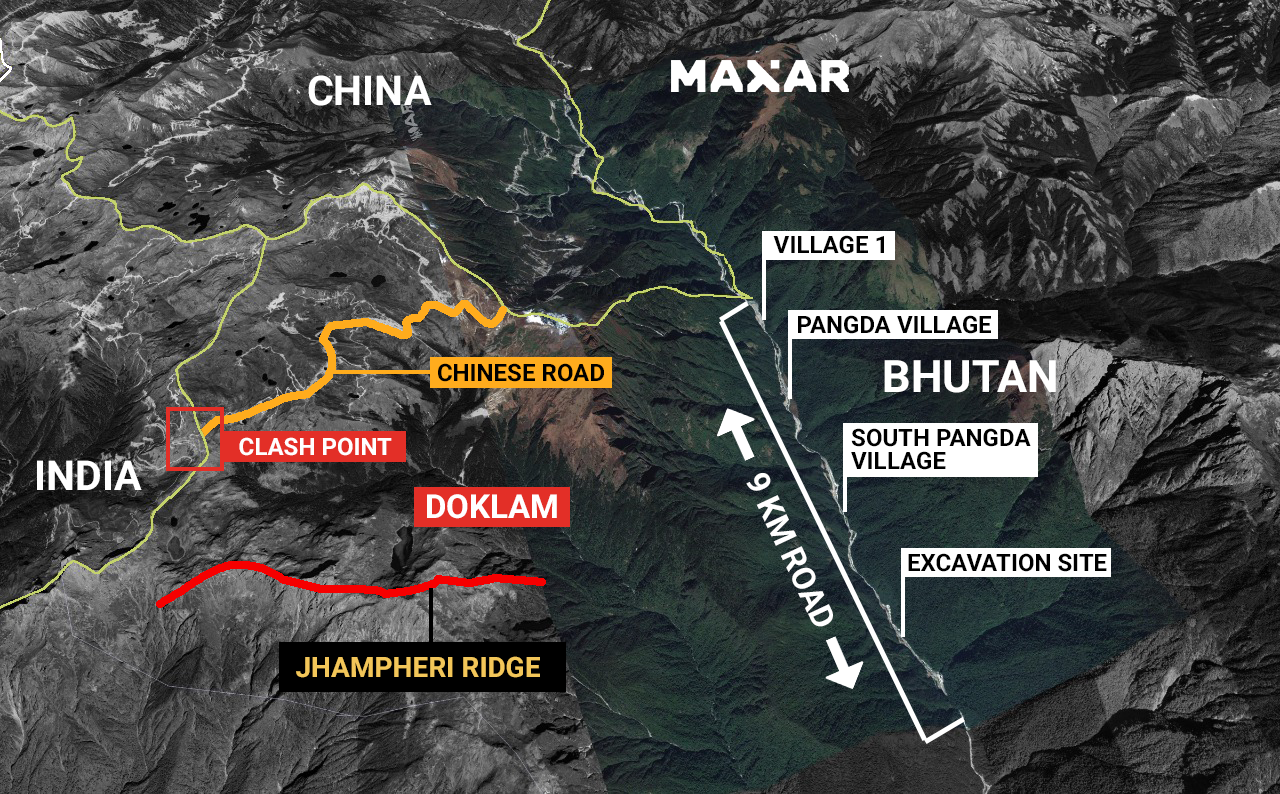
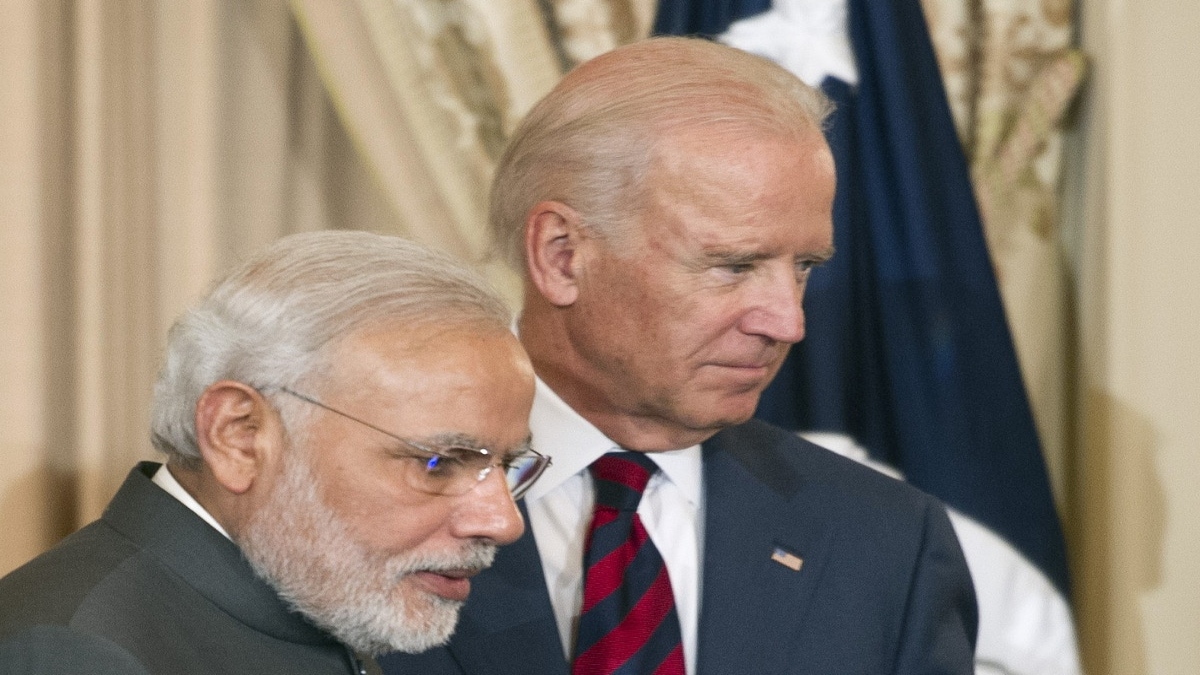
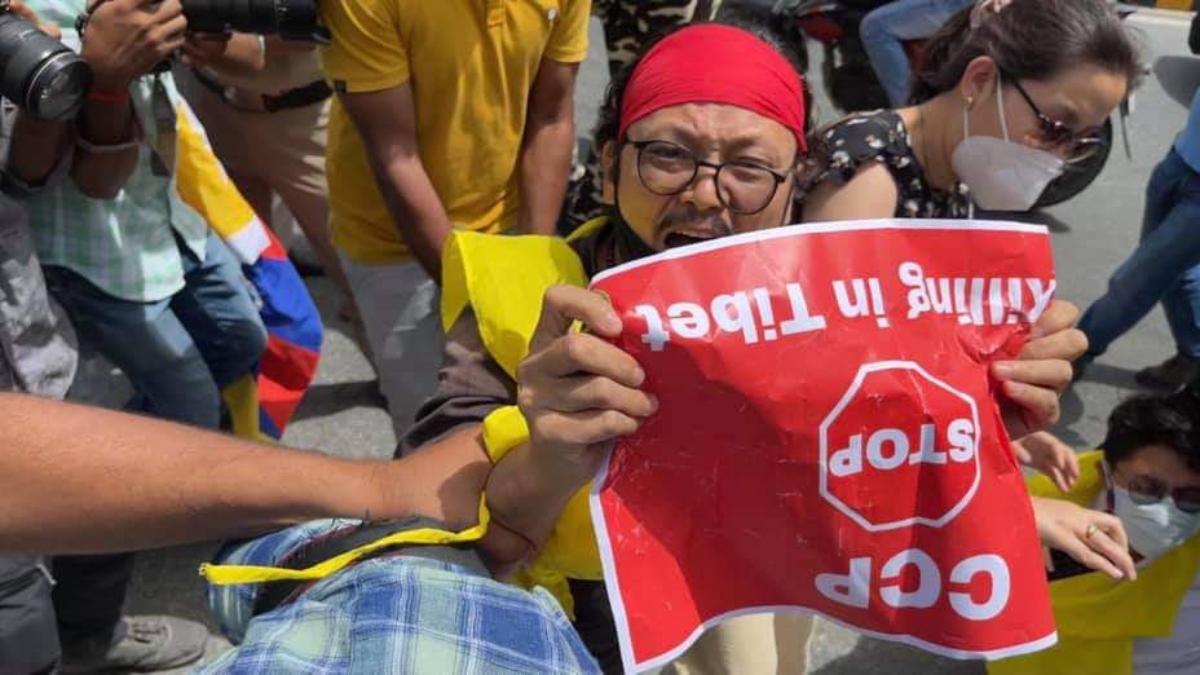
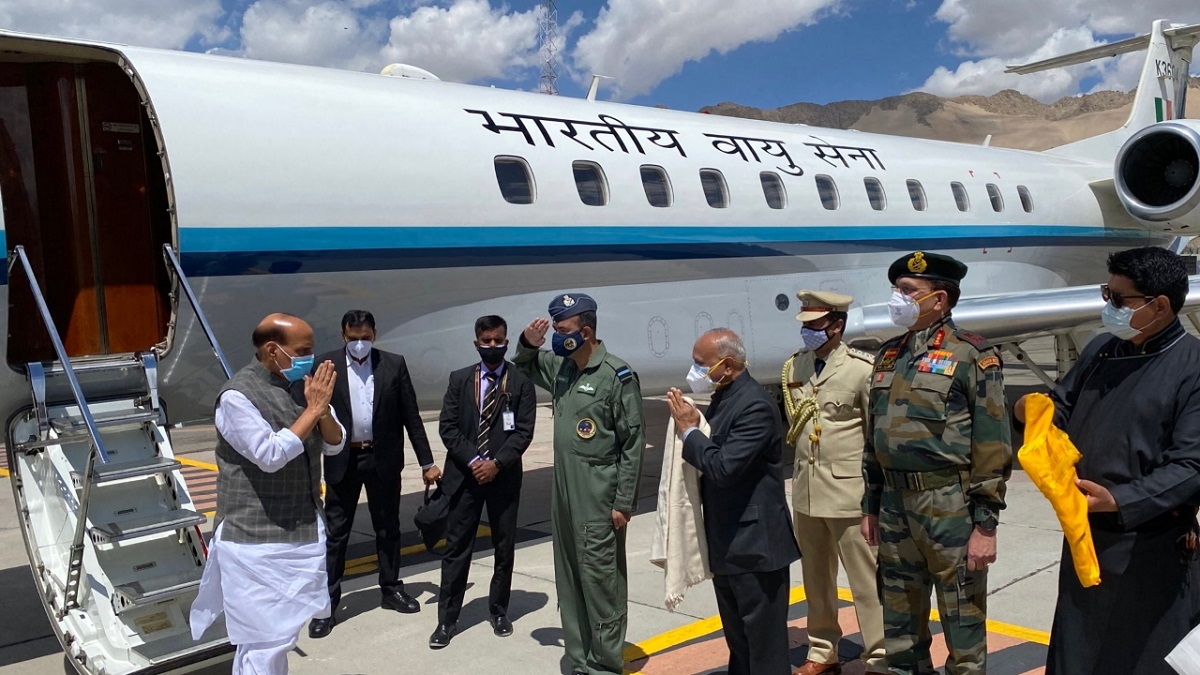

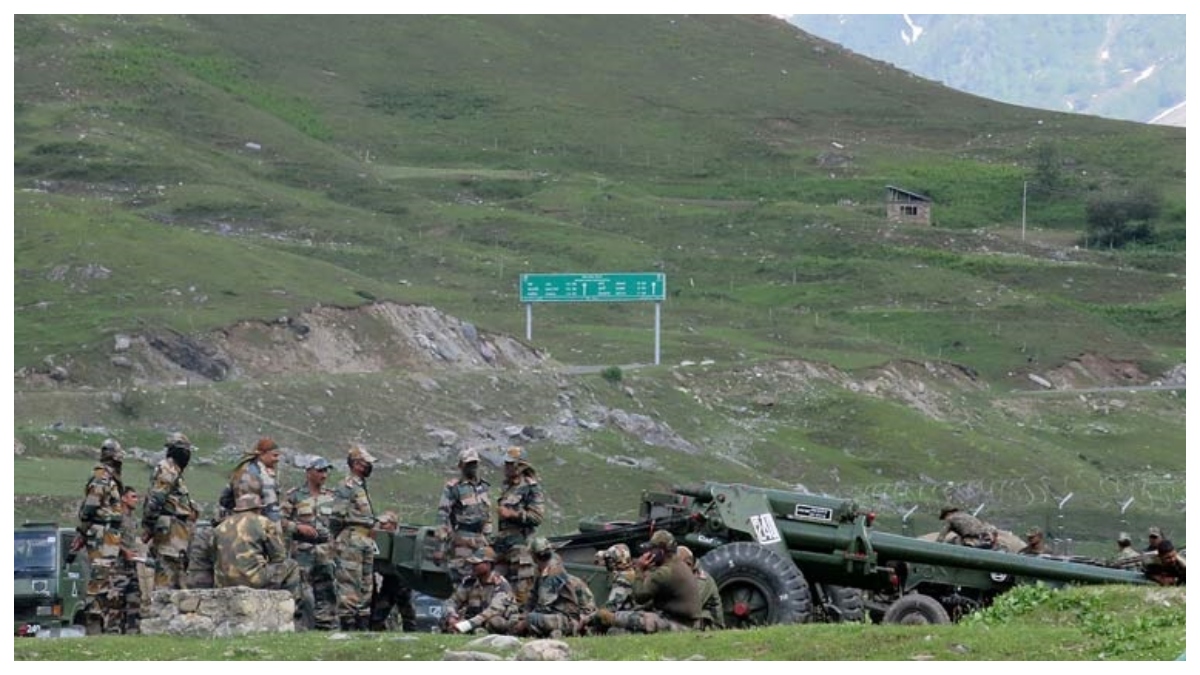

According to recent satellite pictures, a Chinese hamlet that was built 9 km east of the Doklam plateau, where Indian and Chinese forces clashed in 2017, is now entirely populated, with automobiles parked at almost every residence.
The village, which Beijing refers to as Pangda, is notable since it is entirely within Bhutanese territory.
Part of China’s huge land grab in Bhutan is the perfectly delineated all-weather highway that runs beside Pangda. This crosses the Amo Chu river, which flows quickly, for 10 kilometres into Bhutanese territory.
Construction along the Amo Chu puts Indian forces at risk of Chinese forces gaining access to a strategic crest on the nearby Doklam plateau. They would have a clear view of India’s sensitive Siliguri corridor, a tiny sliver of land connecting the northeastern states to the rest of the nation, thanks to this.
Chinese workers had been physically barred from reaching the Jhamperi ridge in Doklam by Indian military in 2017. There are currently worries that China is attempting to use this alternative axis to approach the same ridge in order to avoid Indian defences to the west.
Lt. General Praveen Bakshi (retired), who was in charge of India’s Eastern Army at the time of the Doklam conflict in 2017, claims that Pangda village and the ones to its north and south are classic examples of the Chinese trying to establish their legitimacy over the Jhamperi ridge and the Doklam plateau. Chinese plans to build numerous communities along disputed borders are “basically a way of adding credibility to its territorial claims,” according to one scholar.
Army Headquarters sources said to sources, “The Army keeps a close eye on all border-related operations, especially those that threaten the country’s territorial integrity and sovereignty. In order to do this, the essential safeguards and systems are in place.”






